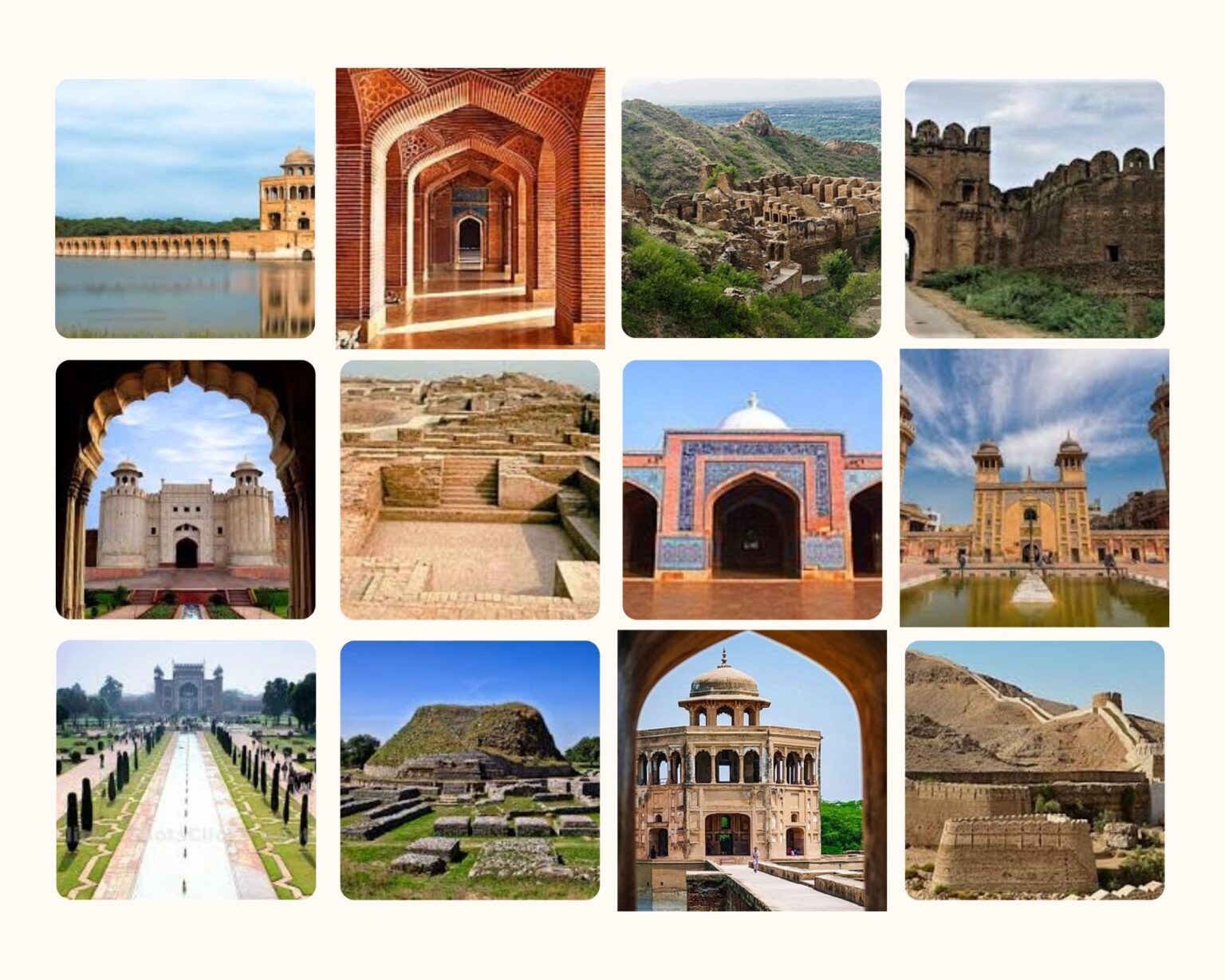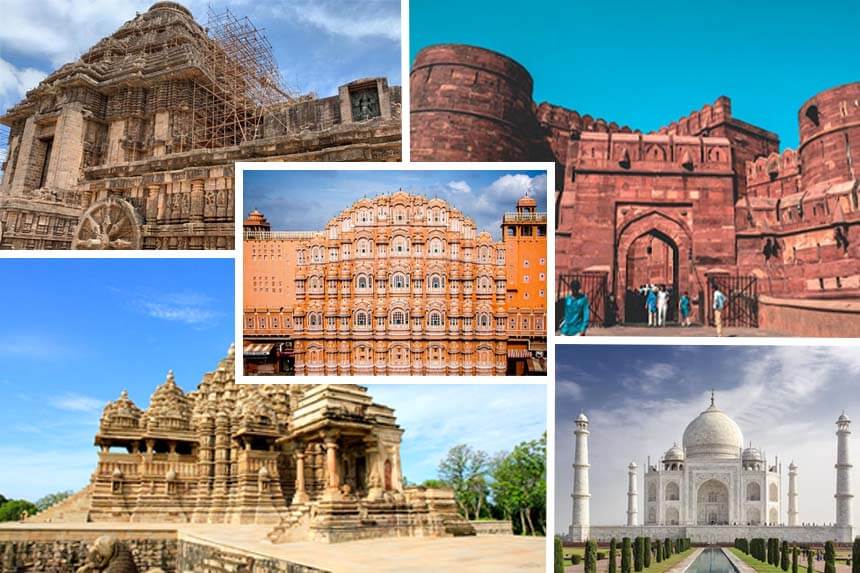
Capturing Echoes: A Guide to Photographing Historical Sites with Purpose and Poignancy
In an age saturated with fleeting digital images, the act of photographing a historical site transcends mere documentation. It becomes a dialogue with the past, a personal act of preservation, and an opportunity to tell stories that echo through centuries. More than just pixels on a screen, a thoughtfully captured image of an ancient ruin, a storied castle, or a sacred temple can evoke the weight of time, the resilience of human endeavour, and the poignant beauty of memory.
"History is not a burden on the memory but an illumination of the soul," declared Lord Acton, and nowhere is this more true than when we stand before its tangible remnants. Yet, translating that profound feeling into a compelling photograph requires more than just pointing and shooting. It demands preparation, an artistic eye, and, crucially, a deep respect for the site and its legacy. This guide delves into the art and ethics of photographing historical sites, aiming to transform your snapshots into powerful narratives.
The Pre-Voyage Prep: Research is Your Lens

Before you even pack your camera bag, the most powerful tool at your disposal is research. Understanding the history, architecture, and significance of a site will profoundly influence how you approach its photography.
1. Know Your Subject: Delve into the site’s past. Who built it? What events transpired there? What architectural styles are prominent? Knowing this allows you to identify key features, symbolic elements, and the stories waiting to be told. For instance, knowing the brutal history of a Roman amphitheatre might lead you to focus on the worn stone seats, imagining the crowds, rather than just a wide, scenic shot.
2. Scout Virtually: Utilize online resources like Google Earth, Instagram, and Flickr. Look at existing photographs to identify popular viewpoints, but also to discover less-frequented angles. Pay attention to how light falls on different parts of the site throughout the day. This virtual reconnaissance can save you precious time on location.
3. Understand Restrictions and Regulations: Many historical sites, particularly UNESCO World Heritage sites, have strict rules regarding photography. Some prohibit tripods, drones, flash photography, or even commercial use without permits. Active religious sites often require specific dress codes and may forbid photography during ceremonies. Always check official websites or contact the site administration beforehand. Ignorance is not an excuse for disrespect.
4. Gear Up (Thoughtfully):
- Camera Body: While modern smartphones are incredibly capable, a DSLR or mirrorless camera offers greater control over exposure, depth of field, and image quality.
- Lenses: A versatile zoom lens (e.g., 24-70mm equivalent) is a great all-rounder. A wide-angle lens (16-35mm equivalent) is invaluable for capturing sweeping vistas and grand interiors, while a telephoto (70-200mm equivalent) can isolate details or compress perspectives. A fast prime lens (e.g., 50mm f/1.8) is excellent for low-light interiors or creating a shallow depth of field.
- Tripod: Essential for long exposures (especially at dawn/dusk or in dim interiors), sharper images, and bracketing for HDR. Ensure it’s permitted.
- Filters: A circular polarizer can reduce glare and enhance skies, while neutral density (ND) filters allow for longer exposures in bright light, ideal for blurring crowds or smoothing water.
- Batteries and Memory Cards: Always carry spares! Historical sites often lack convenient charging points.

On-Site Mastery: Crafting the Shot
Once you’re at the site, your preparation combines with your artistic eye to compose images that resonate.
1. Embrace the Light: Light is the sculptor of your image.
- Golden Hour: The hour after sunrise and before sunset bathes historical structures in warm, soft, directional light, creating long shadows and enhancing textures. This is often the most magical time.
- Blue Hour: The twilight period just before sunrise or after sunset, when the sky turns a deep, rich blue, can provide a dramatic backdrop for illuminated ruins.
- Overcast Days: While less dramatic, soft, diffused light on overcast days is excellent for capturing intricate details and colours without harsh shadows.
- Interiors: Be mindful of low light. Increase your ISO (carefully, to avoid excessive noise), open your aperture, and use a tripod if permitted. Avoid flash, which can be harsh, flatten scenes, and potentially damage delicate artefacts.
2. Composition: Beyond the Obvious:
- Rule of Thirds: Place your main subject or points of interest along the intersecting lines or at the intersections of an imaginary 3×3 grid.
- Leading Lines: Utilize architectural features like walls, pathways, arches, or natural elements to guide the viewer’s eye through the frame to your subject.
- Framing: Use natural frames like archways, windows, or tree branches to add depth and draw attention to your main subject.
- Perspective and Angles: Don’t just shoot from eye level. Get low to emphasize the height of a column, or find a higher vantage point to showcase the site’s layout. Experiment with different angles to find unique perspectives that tell a story.
- Details and Textures: While wide shots establish context, zoom in on the worn stone, a faded fresco, an intricate carving, or a delicate mosaic. These details often hold the most intimate stories. As the saying goes, "The devil is in the details."
- Scale and Grandeur: To convey the sheer size of a structure, include a human element (respectfully, as discussed below) or a recognizable object in your frame. A tiny figure walking past a colossal wall immediately communicates the immense scale.
3. Incorporating Humanity (Thoughtfully):
- People can add a sense of scale, life, and contemporary context to historical sites. However, they can also be distracting.
- Blurring Crowds: Use a long exposure (with an ND filter if it’s bright) to turn bustling crowds into ghostly blurs, emphasizing the stillness and timelessness of the architecture.
- Respectful Inclusion: If including individuals, aim for candid shots where they are interacting naturally with the environment, perhaps gazing at a ruin or walking through a doorway. Avoid making them the primary subject unless you have their permission.
- Cultural Sensitivity: Be particularly mindful in active religious sites. Never photograph people praying or performing rituals without explicit permission.
The Ethical Lens: Respect and Responsibility
Photographing historical sites carries a significant ethical responsibility. You are not just a tourist; you are a temporary custodian of its image and integrity.
1. Leave No Trace: This principle extends beyond physical litter. Don’t move objects, touch delicate surfaces, or climb on ruins for a better shot. The historical integrity of the site is paramount. "Take nothing but pictures, leave nothing but footprints, kill nothing but time," is a timeless adage that should guide every visit.
2. Adhere to Rules: If a sign says "No Flash," respect it. Flash can damage ancient pigments and disturb other visitors. If an area is roped off, do not cross it. These rules are in place for the preservation of the site and the safety of visitors.
3. Be Mindful of Others: You are sharing this space with other visitors who are also there to experience history. Don’t block pathways, hog prime viewpoints for extended periods, or create unnecessary disturbances with equipment. Be patient and considerate.
4. Respect Local Culture: If you’re in a country with different cultural norms, especially regarding photography, be extra sensitive. Always ask for permission before photographing people, especially children, and be prepared to accept a "no" gracefully. Some cultures believe photography can steal a soul or is simply inappropriate.
The Storyteller’s Eye: Beyond the Snapshot
A truly compelling photograph of a historical site does more than just show what it looks like; it tells a story, evokes an emotion, or asks a question.
1. Seek the Narrative: What story does this specific part of the site tell? Is it a story of power, devotion, conflict, or decay? Let that narrative guide your composition and focus. A single, crumbling column might tell a more profound story than a grand, but generic, wide shot.
2. Juxtaposition: Look for contrasts. A modern city skyline visible beyond ancient ruins, a vibrant flower growing from a crack in an old wall, or a contemporary visitor lost in contemplation amidst antiquity. These juxtapositions can highlight the passage of time and the enduring nature of history.
3. Sequence and Series: Instead of just one "hero shot," think about creating a series of images that collectively tell a more complete story. A wide shot, followed by a medium shot, then a detail, and finally a shot showing human interaction, can create a powerful visual narrative.
4. Mood and Atmosphere: What is the prevailing mood of the site? Is it serene, melancholic, awe-inspiring, or eerie? Use light, colour, and composition to convey that atmosphere. A misty morning shot of a ruined abbey evokes a different feeling than a brightly lit midday shot.
Post-Processing: Enhancing, Not Fabricating
Once you’ve captured your images, post-processing is where you can refine and enhance them, but with a crucial caveat: respect historical accuracy.
1. Subtle Enhancements: Adjust exposure, contrast, white balance, and sharpness to bring out the best in your image. Crop to improve composition. These are standard darkroom techniques applied digitally.
2. Avoid Heavy Manipulation: Resist the urge to drastically alter colours, remove significant elements, or add things that weren’t there. Your goal is to represent the site truthfully, albeit through your artistic interpretation. Extreme HDR or overly saturated colours can make an ancient site look artificial and detract from its authenticity.
3. Backup Your Work: Historical photographs are irreplaceable. Ensure you have multiple backups of your images, both locally and in the cloud.
Conclusion: A Legacy in Pixels
Photographing historical sites is a privilege and a responsibility. It’s an opportunity to connect with the past, to preserve its image for future generations, and to share its stories in a meaningful way. "Photography is a way of feeling, of touching, of loving," said Aaron Siskind. "What you have caught on film is captured forever… It remembers little things, long after you have forgotten everything."
By combining thorough preparation, a keen artistic eye, and an unwavering commitment to ethical practice, your photographs can transcend mere visual records. They can become windows into another time, evocative narratives that speak of human endeavor, resilience, and the enduring power of history. So, next time you stand before the echoes of the past, remember to not just see, but to truly observe, to compose with purpose, and to capture with respect, ensuring that the stories of these incredible places continue to resonate for years to come.


